Search for lenses, articles and help
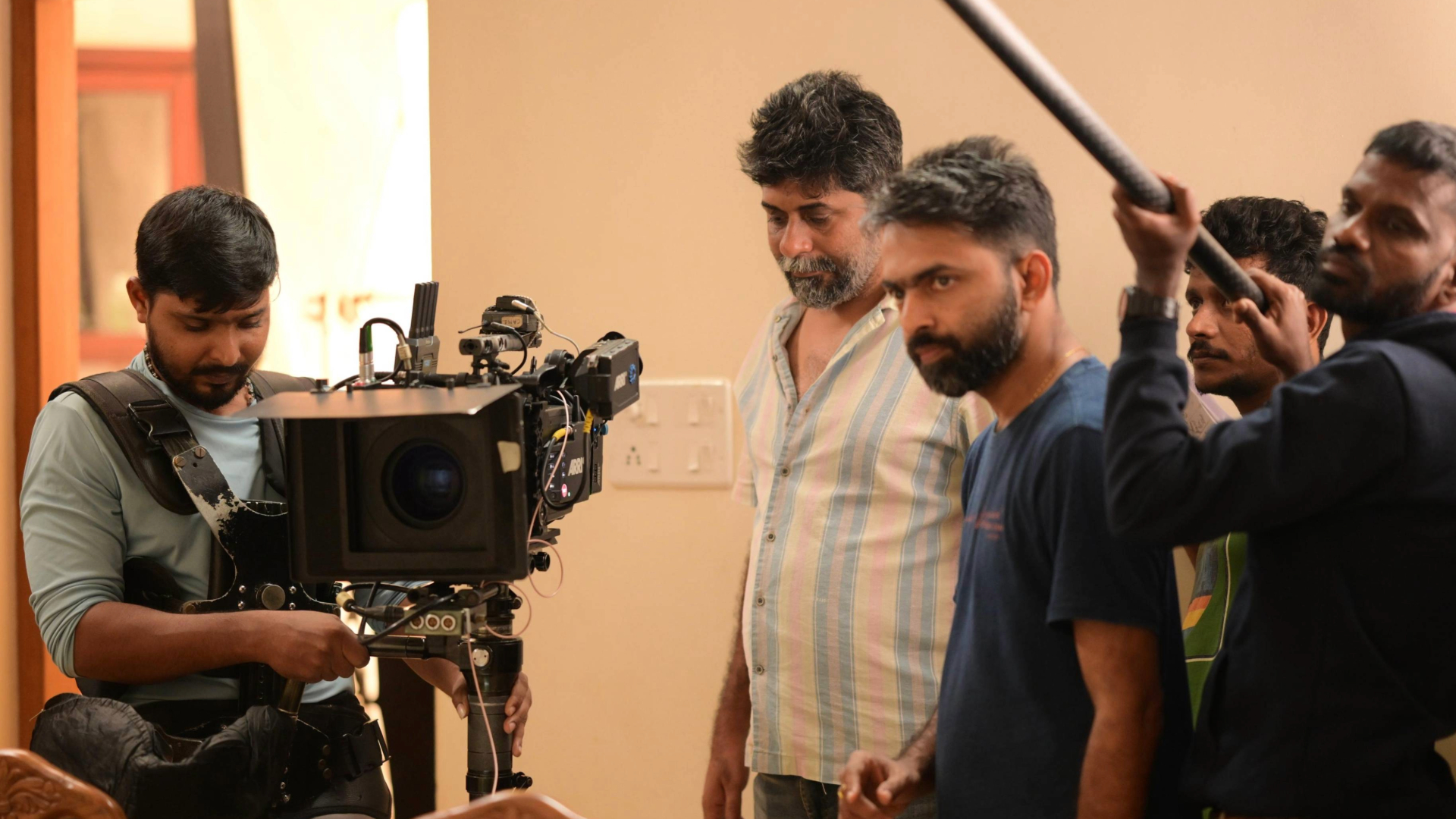
From carrying an SLR camera in school hoping to become a press photographer, to shooting one of Malayalam cinema’s most visually unique films, Manesh Madhavan’s journey has been shaped by an evolving fascination with images — and stories told through them.
“I started off just wanting to make a style statement with photography,” he says, “moving from a Russian camera to Canon and Nikon. But I soon realized that what I really wanted was to narrate stories visually.”
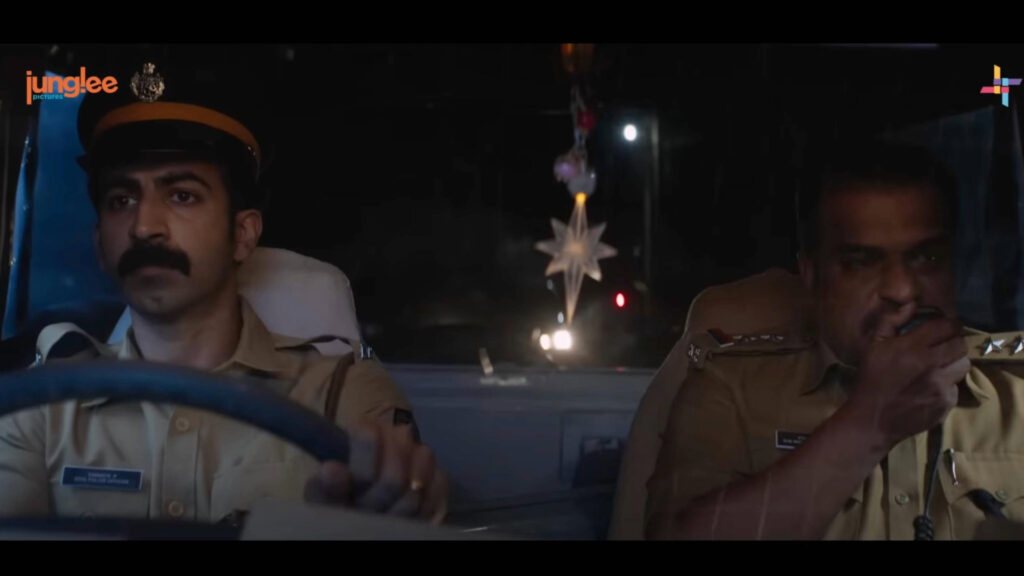
That clarity led him to the Film and Television Institute of India (FTII), Pune, where he honed his craft under the guidance of masters like Santosh Sivan, K.U. Mohanan, and Vinod Pradhan. His early career included working as Second Unit DOP on the Hindi version of Drishyam, and soon after, his entry into Malayalam cinema was marked with a State Award for Best Cinematography.
“My philosophy is simple — the cinematographer is a co-author. Great performances, I believe, always have great cinematography behind them,” says Manesh. “Through composition — be it golden ratio placements or symmetry — we bring out emotions. And sometimes, we deliberately break those rules.”
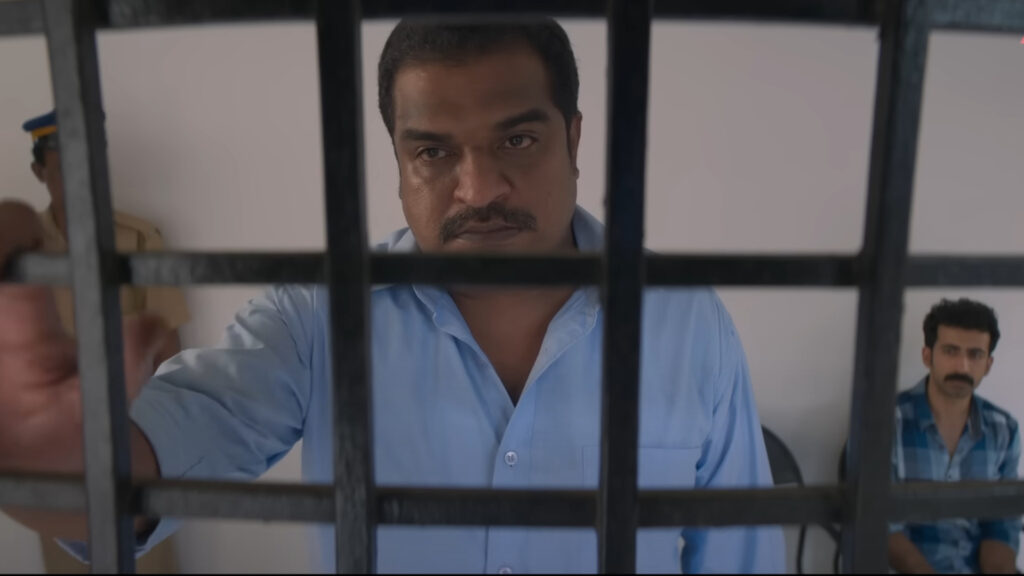
Manesh’s cinematic instincts naturally gravitated toward the anamorphic format, long before he even knew what it was. “I remember watching big screen films like Roja and Thenmaavin Kombathu, mesmerized by their visuals without realizing they were shot Anamorphic.”
That deep-rooted fascination shaped his vision for Ronth, a film that unfolds largely at night — inside a patrolling police jeep, navigating dark city corners and overgrown wilderness. “I wanted the look to be grounded, but also unmistakably cinematic,” he explains. “Only Anamorphic could do justice to that blend.”
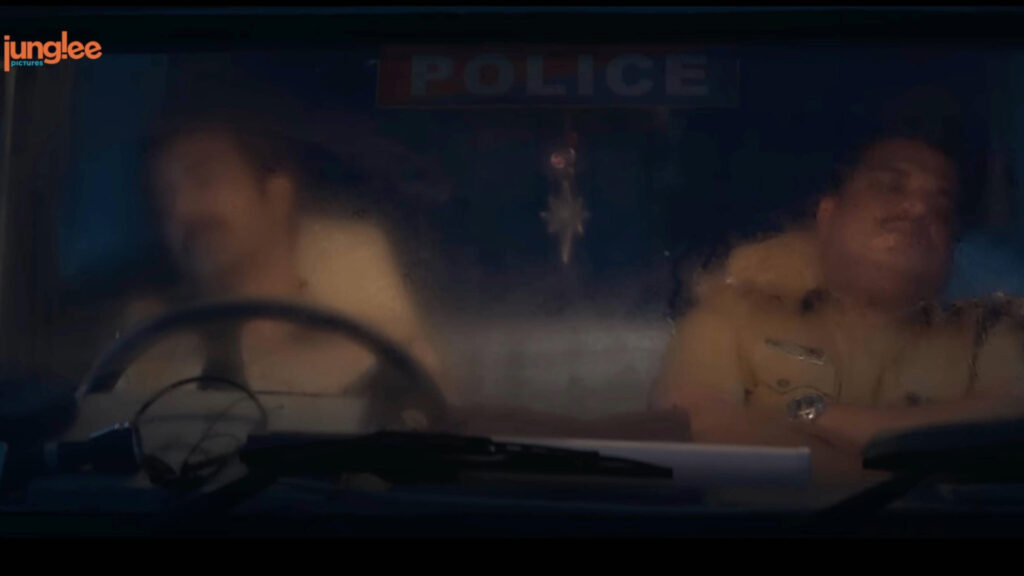
After testing both spherical and Anamorphic lenses, it was clear. “My director Shahi Kabir was immediately convinced by the richness and texture of the anamorphic image. And I’m thankful to the producers who supported this vision.”
Choosing the Cooke Anamorphic/i Full Frame lenses, Manesh found a perfect companion to render Ronth’s nocturnal landscape.
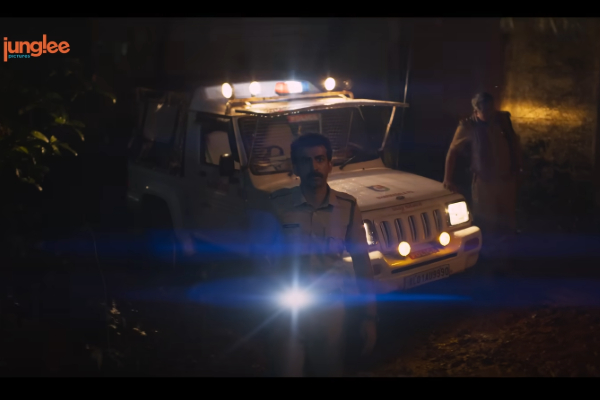
“One concern I had was about the headlights of the police jeep creating distracting flares throughout the night shoot. But Mr. Peter from Cooke assured me — and he was right — that these lenses produce only beautiful, organic flares.”
What impressed him most was the depth fall-off when shooting at T5.6 — a deliberate choice despite the norm of shooting night scenes at T2.8. “The crew was excited about the challenge. Some even thought I was over-lighting. But when they saw the final grade, the subtlety and depth made perfect sense. Many reviews specifically mentioned the night visuals.”
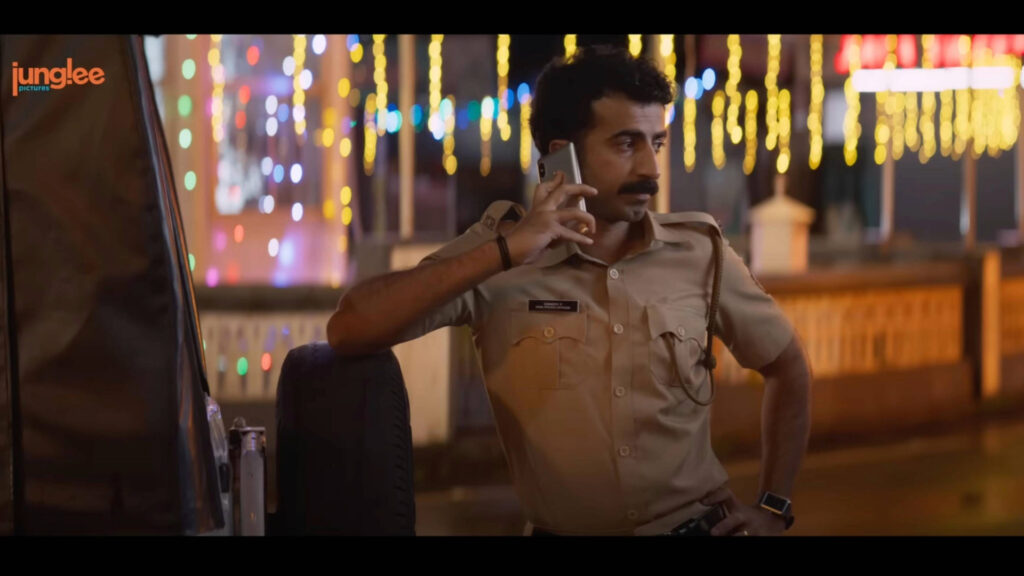
This isn’t Manesh’s first time with Cooke. His earlier use of Cooke S4/i lenses earned him a State Award for Elavezhu Poluthu. But with Ronth, the scope expanded. “Nearly 90% of the film happens at night — inside a jeep, police stations, through narrow lanes and brush. The Arri Mini LF with Cooke Anamorphic/i FF allowed me to go wide yet intimate, capturing both space and texture.”
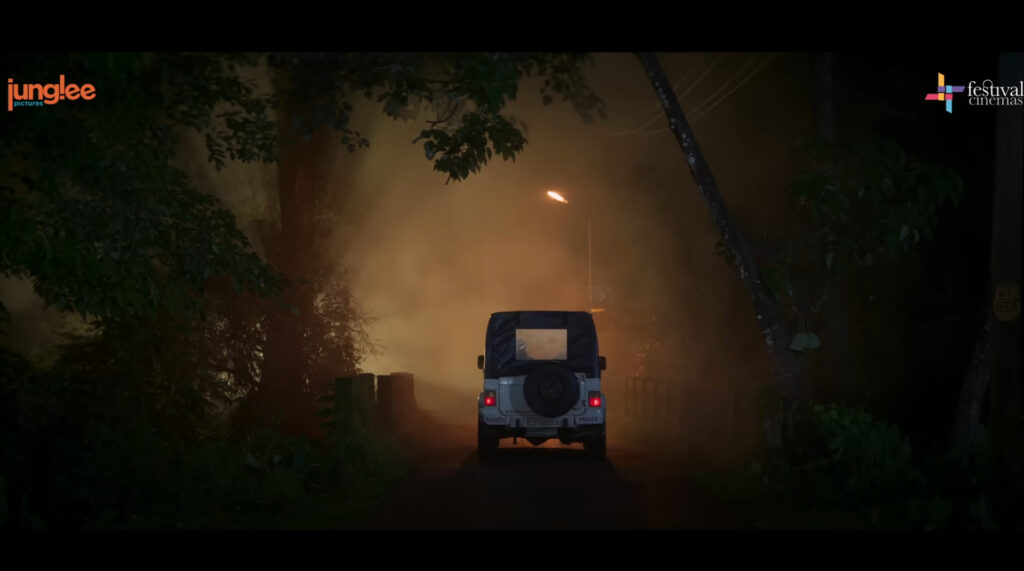
For Manesh, each film is a search — not just for light and shadow, but for emotional truth through visuals. “Ronth gave me a new language in night cinematography. It deepened my belief that cinematographers don’t just light the scene, we shape the narrative.”
And with tools like Cooke’s lenses, that vision finds its most articulate voice.